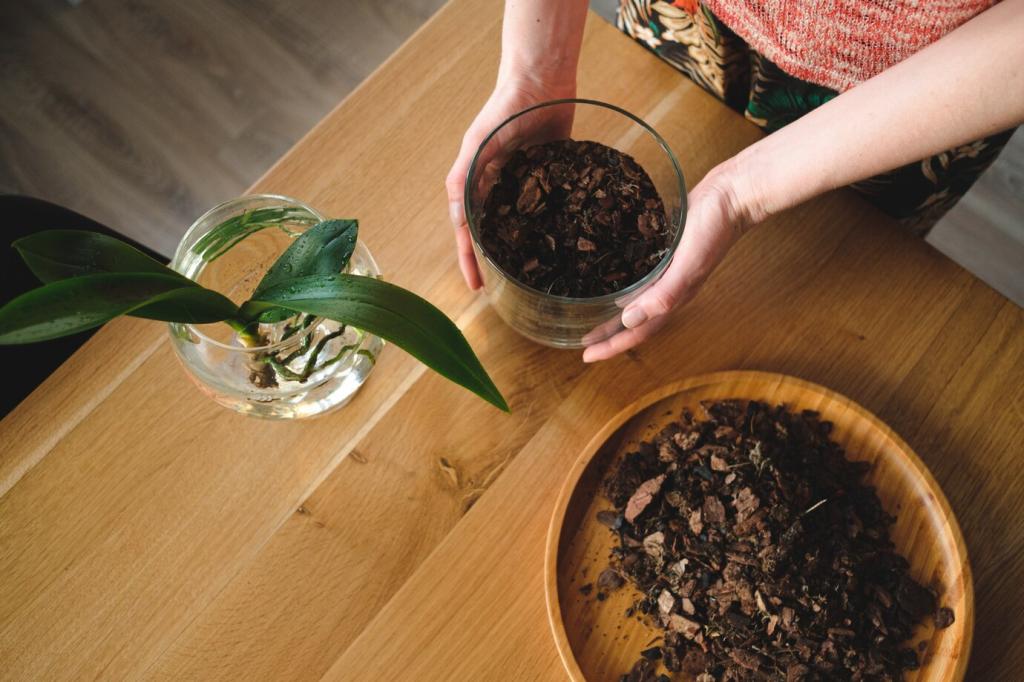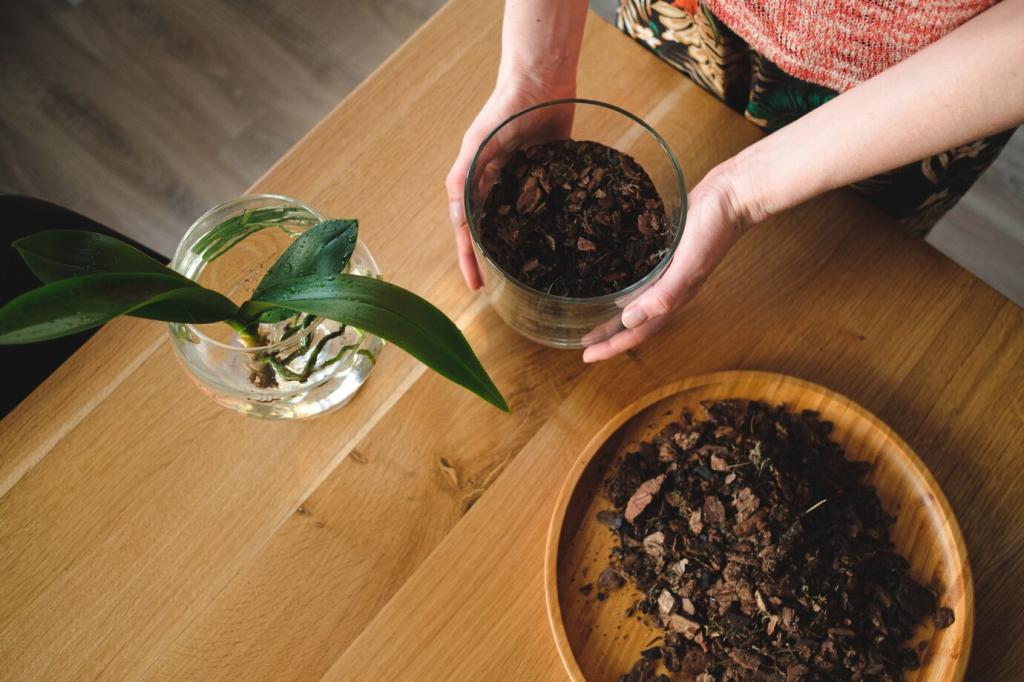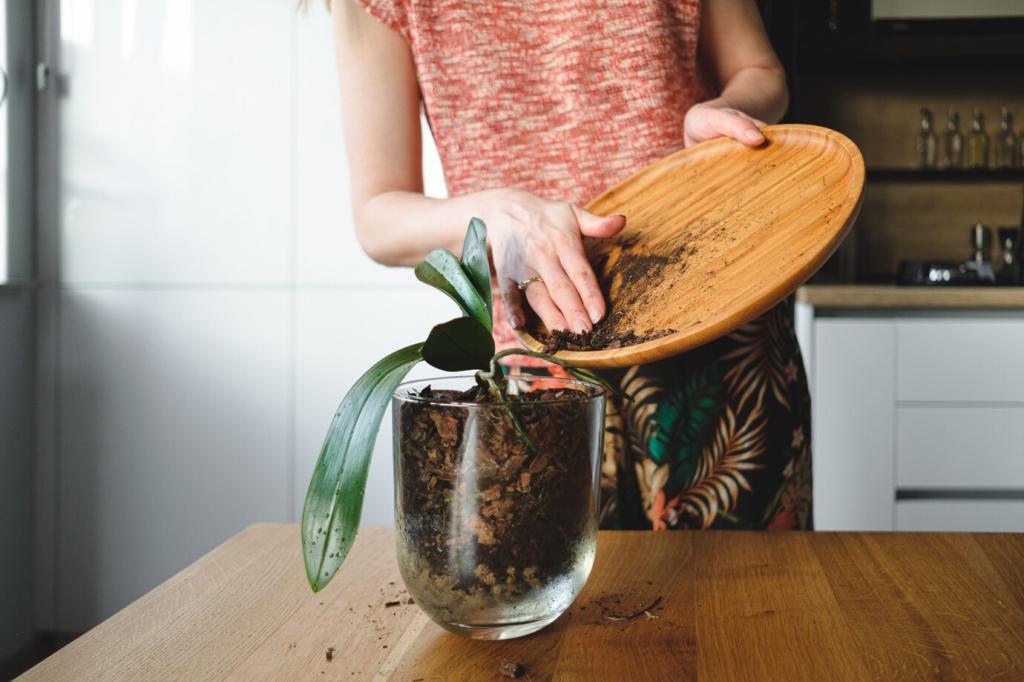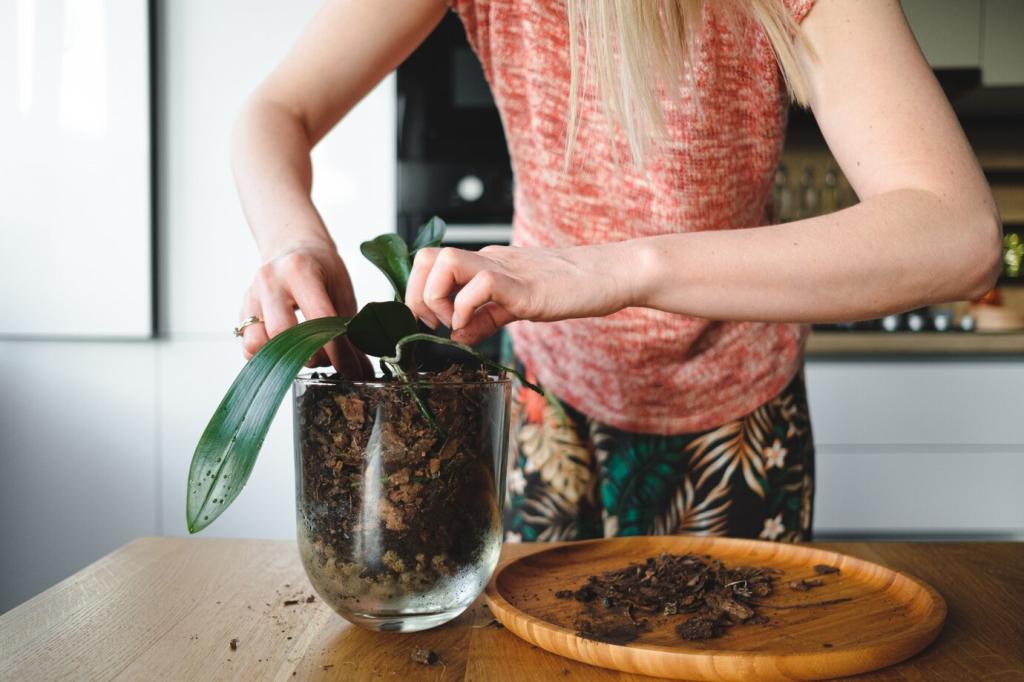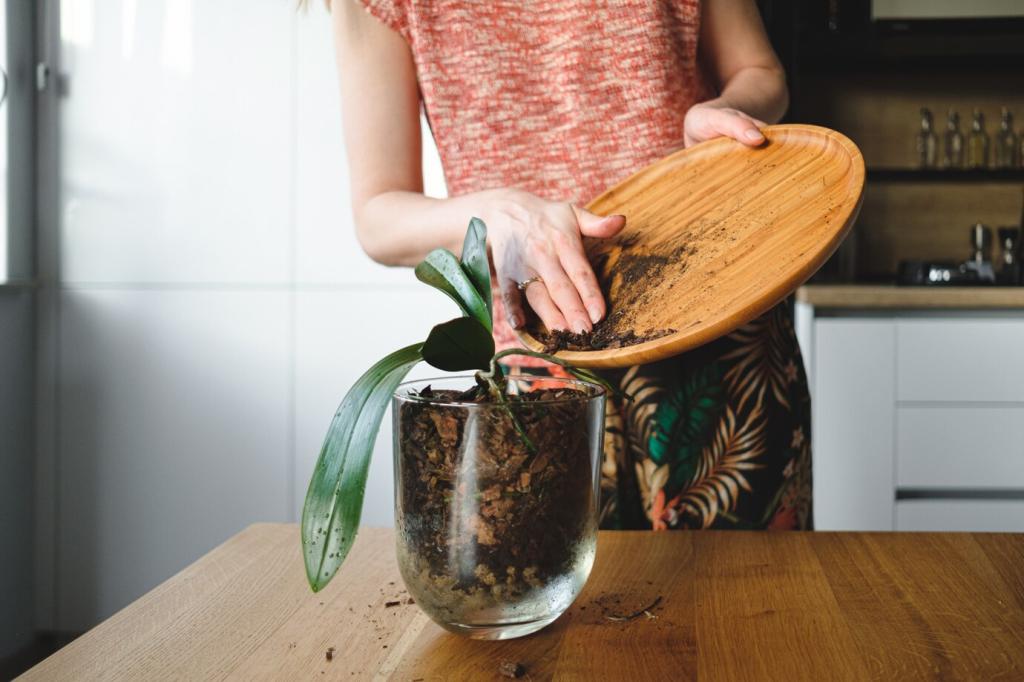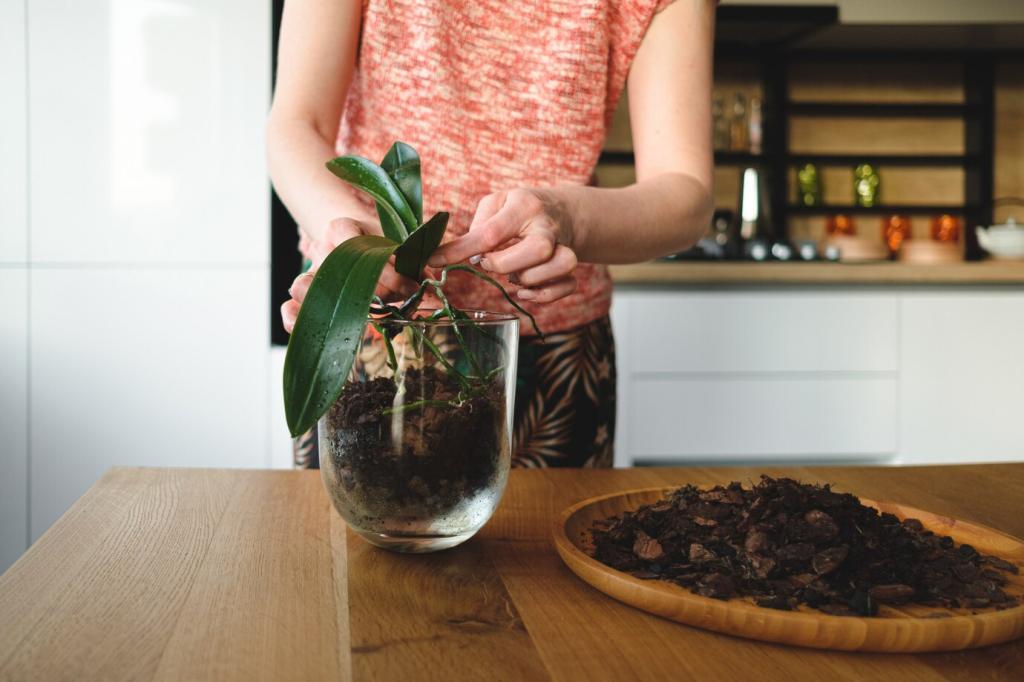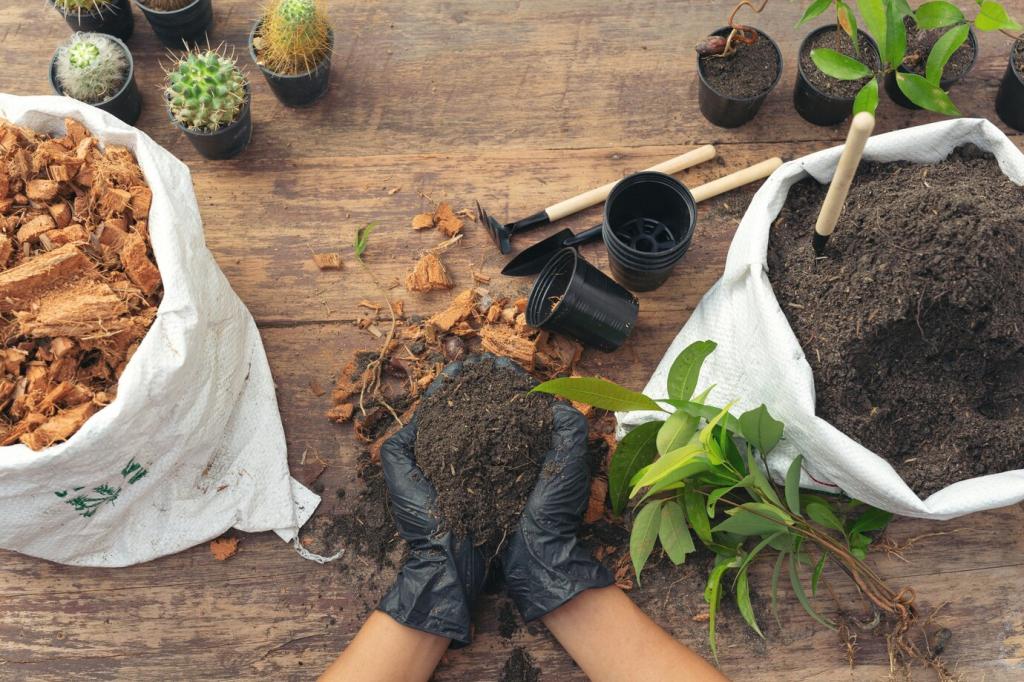Composting Through the Seasons
Piles slow but do not stop. Stockpile dry leaves in fall. Layer frozen kitchen scraps under browns, cover with cardboard, and wrap with straw for insulation. Turn gently on thaws and expect a springtime microbial sprint.
Composting Through the Seasons
Shred prunings, rake thatch, and collect old stems to rebuild structure after winter. Add a shot of fresh greens and moisture to kickstart heat. This seasonal reset primes your garden beds and fills your compost with balanced ingredients.

